How To Draft A Tour Routing
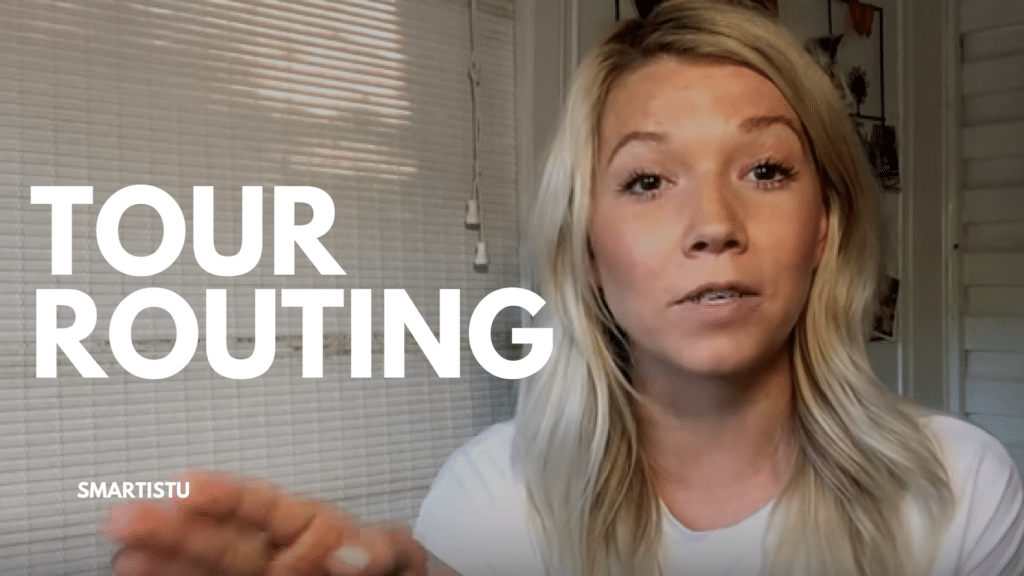
7 Tips To Drafting a Tour Routing
In this article/video you’re going to learn how to draft a tour routing before booking a tour. I’m going to talk about how to start finding venues, booking around festivals, analytics and demographics, using Google Maps, making your routing time and cost efficient and more.
And when you’re done reading/watching (we have it in video format and written format below) make sure you download your free artist management start-up kit which comes with 10 free templates and guides!
Tip #1: Check similar artists tour routings.
As you’ll hear me say a lot, don’t try to re-invent the wheel, because other artists have done what you’re trying to do. Make a list of artists and bands that have around the same amount of fans as you or are a few steps ahead of you, artists that perhaps the same vibe as you, or similar sounds to you. If you can’t think of any, get doing your research because you should always be aware of your “competition” as some call it.
Once you know who they are… find out where they’ve toured recently. I would usually start by looking at their Facebook page or website because they’ll either have a photo graphic with dates, venues, and cities listed, or they’ll have a button that says tour dates, or live, or shows, etc. which is often usually connected to a Bandsintown account. If you’re having trouble finding anything on Facebook, try going directly to Bandsintown.com and then you can type in the artists name, or the city name, or the show name, or venue name. This will also help you get names of festivals they perform to try to get on those festivals.
Tip #2: Speaking of festivals – try and route around a festival.
If you’re looking to book a tour outside your market, or especially in another country, a good idea is to route a mini tour around an important showcase or festival that you’ve been booked to play. Instead of driving or flying all the way to the festival just to perform that one show, you want to make it financially worthwhile, so book shows around it. Just make sure they don’t have radius clauses, and if they do then book outside or around it.
Tip #3: Check your analytics for demographics.
I know some people just book shows based on venue availability or the standard tour routing that everyone does, but I’m huge into stats and I think everyone should be. So usually after I’ve got a basic tour routing written down after discovering the venues and in which cities they are, I’ll also write down next to those venues how many fans we have on our online platforms in those areas. Not only is this good for negotiating with the buyer (which is something we point out in our video/article “how to write an email to book a show or tour” and I’ve linked to it for you below within the YouTube platform), it also helps manage your expectations of audience turnout, and then you can market better to your fans in those areas.
If you don’t have any online fans in certain areas that’s also totally fine, because either way you’re not just performing for existing fans you’re also performing to gain new fans. So to get these demographics, head on over to your Facebook page and click on Insights, go to your Spotify For Artists page, turn your Instagram into a business account if you haven’t yet and monitor the demographics on there, setup Google analytics on your website if you haven’t yet, if you use MailChimp or an email marketing provider, which you should be, head over there and export your mailing list data and look for the cities your subscribers are based.
And here’s an extra Bonus tip for you! On the topic of mailing lists, you should also have an email sign up sheet printed out and placed ON your merch table at your shows, and label each sheet with the venue and city you performed in, and then when you upload those emails to your email service provider, either tag them or add them to a segment or group specifically for that city. That way when you’re in that city again, you an target those people specifically. BOOM.
Tip #4: Google Map the distance between venues
The last thing you want to do is go and book back to back shows and then realize it takes 18 hours to get from one venue to the next. Once you’ve got your drafted venue and city list, hop on Google Maps and search directions from one venue to the next or one city to the next. Then write this down next to your routing. Make sure you leave enough time in between each tour stop for bathroom breaks and gas station stops, for hotel check-ins, for sound checks and load-ins, and for any radio or media visits you might expect to have that day.
For example let’s say you have a show on Thursday in one city and it ends at midnight, so you get a hotel or sleep in the van, and the next show is 5 hours away… you’re going to want to get on the road by 9 or 10am, to arrive by 2pm, with a stop or two, hopefully get early check-in at the hotel, then make it to sound-check for 4, then eat dinner and get ready, then perform. Obviously this is just an example but you get my point.
But then! what if you’re going east or west and there are time changes?
Tip #5: Account for time changes.
Find out the time zone of the cities, add the loss or gain in hours to your distance between cities, and add that into your routing. Between the distances and the time changes, you may need to add “driving days” to your routing, which are days without shows and therefore days without income. Which brings me to my next point.
Tip #6: Make your routing as time efficient and cost efficient as possible.
Book as many shows as you can back to back, without burning out. If you can book 5 shows a week that’s great. The more shows you book per week the more likely you are to break-even or come out with some positive cash flow, but you’ve also got to include breaks for both vocals and driving time. To help with that, pop back into Google Maps and make sure you’re not back tracking or driving back and forth.
Sometimes this is hard to avoid (again, depending on availability and the general landscape of the earth), but try your best to make it a clean forward moving route and not zig zagging back and forth because it’ll save you time and money on gas and accommodations.
Literally draw the lines out on a printed map, or use Google Maps.
Tip #7: Book 6 months ahead.
Your routing will ultimately depend on the availability of the venues, so the sooner in advance you book the better chances you have of getting what you want. If you’re booking venues between 50 and 500 capacity, you’ll want to start reaching out anywhere from 2 to 6 months in advance. 2 months is kind of pushing it, and some venues won’t even talk to you if you’re contacting them less than 3 months in advance. So, to be on the safe side I would just try to aim for 6 months.
For anything over 500 capacity you definitely want to book more than 6 months ahead. Some even a year ahead. As always, there are always exceptions. You may be able to get added to someone else’s show lineup last minute, or they may have a cancellation last minute, or it may be a small coffee shop that doesn’t have a full calendar. But either way, if they don’t have the date you want, ask for any surrounding dates that are available, and re-route as you get offers.
There are your 7 tips to routing a tour, if you like this video/article click the thumbs up button, comment with your thoughts or questions, share it with your music friends, subscribe to our YouTube, and thank you for being here!
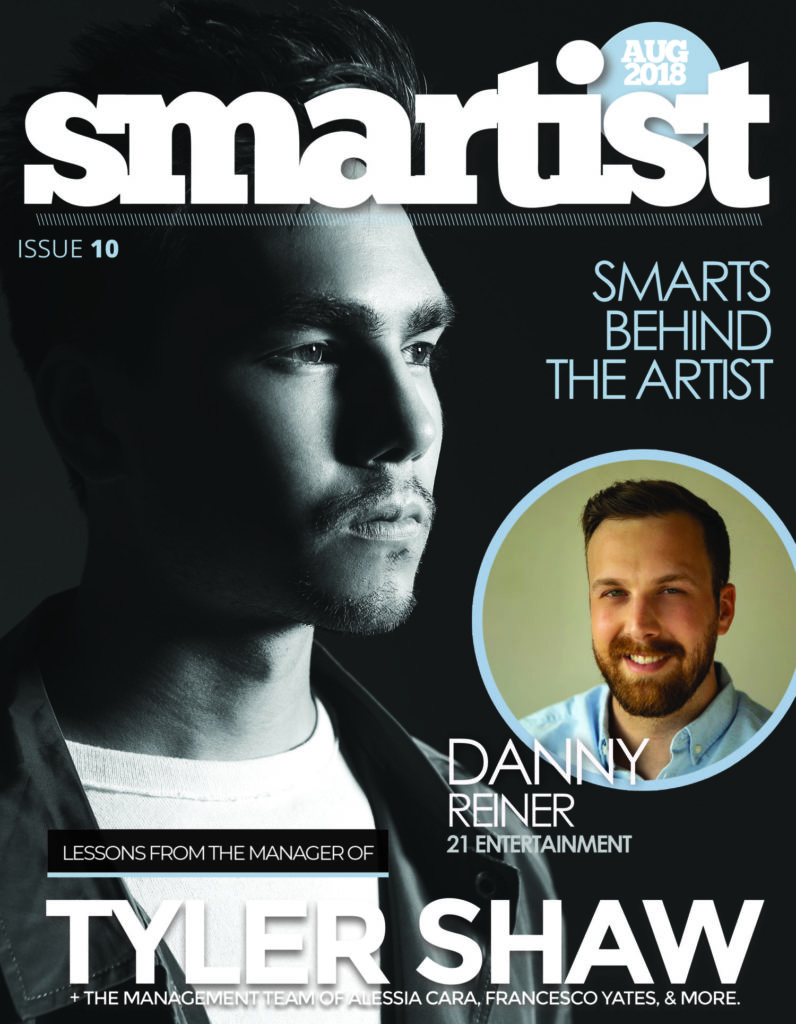
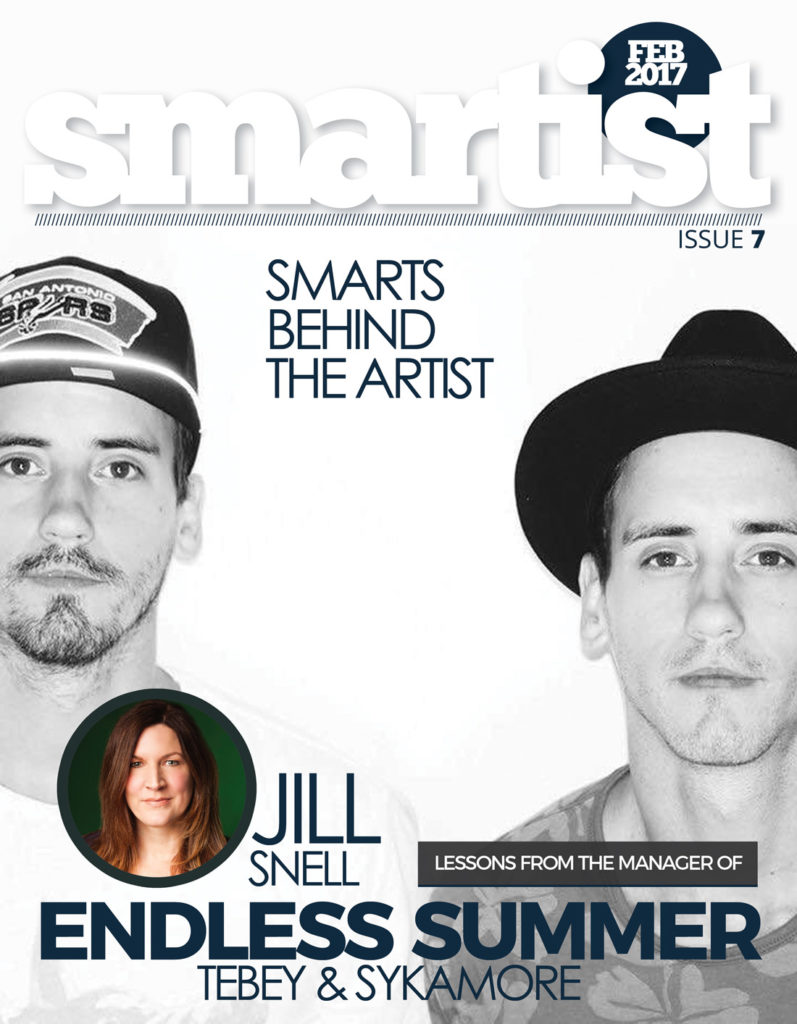
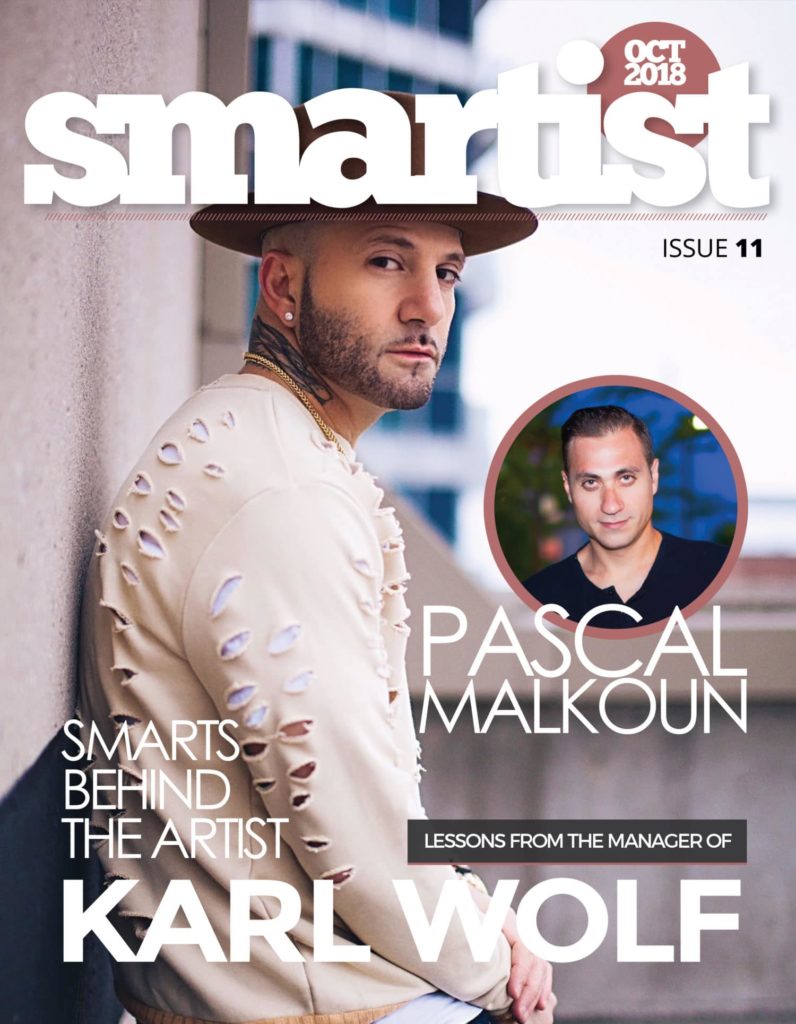
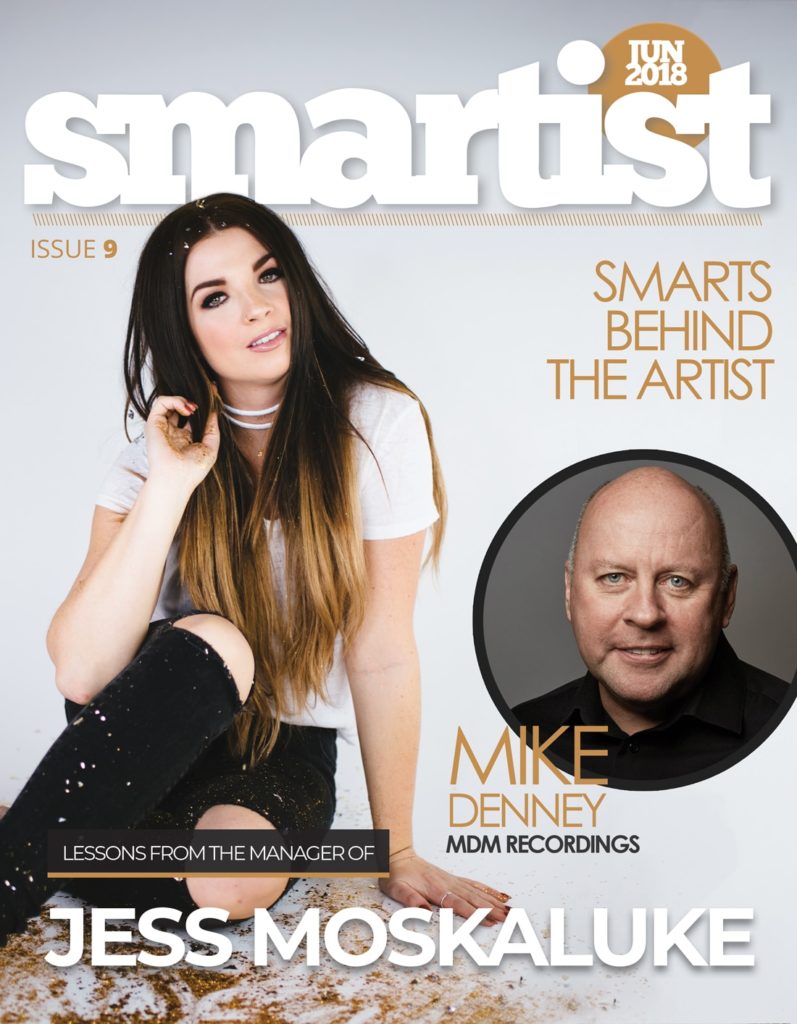

On the topic of e-newsletters…
Big fan of e-newsletters, but not of leaving out signup sheet unattended. Seems like the Guest Book visual already lacks privacy.
If someone’s at the Merch Table, train them to ask for email addresses and write them down. Explain that they’re not too frequent, fun to read, reader can unsubscribe anytime, etc.
Very good point, Rick.